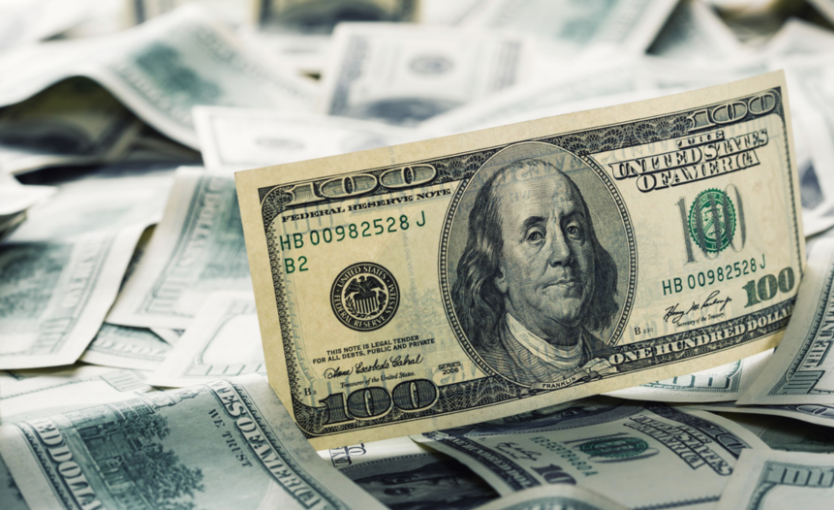
Recently, three major banks in the United States have successively failed in just five days, and some Chinese enterprises have also been affected to some extent. According to the latest news, the Federal Reserve has issued a public statement announcing that it will provide additional funds to eligible savings institutions. Is the Federal Reserve's interest rate hike at the end of the banking liquidity crisis?
| It's hard to say the end of the interest rate increase cycle
The liquidity crisis of regional banks may also spread. Due to the rarity of the magnitude and speed of this interest rate hike, it is bound to lead to "accidents". Silicon Valley Bank (SVB) declared bankruptcy on March 10th, and recently Credit Suisse also experienced a thunderstorm, triggering market concerns about its liquidity. In the future, the vulnerability of the global financial system will further manifest, and various small-scale crises may also occur more frequently or even evolve into global financial crises. Considering that the resilience of inflation will gradually emerge after it falls, and that the vulnerability of global financial markets has become increasingly prominent recently, the Federal Reserve may take precautions and revisit the old issue of revising inflation targets to gain room for policy shifts.
It is difficult to say that the interest rate increase cycle has ended, and it is generally judged that the interest rate increase in March will be 25 basis points. But the Fed's wise choice should be to suspend interest rate hikes in March. The possibility of the Federal Reserve ceasing to raise or lower interest rates is not very high, and small crises can only be resolved through targeted quantitative liquidity tools. Under the benchmark scenario, the Federal Reserve may raise interest rates by 25 basis points in March and May respectively, and then end the process of raising interest rates. Beyond the benchmark scenario, attention should be paid to the proliferative financial crisis and the adjustment of the Federal Reserve's policy objectives. Once these two types of events occur, the Federal Reserve's interest rate hike cycle will end as soon as possible.
| Banks have been thundering one after another. How long can interest rate hikes continue?
From the perspective of interest rate hikes, in just one year, the Federal Reserve has raised interest rates by 4.5%, far exceeding the historical level. From the perspective of the rhythm of interest rate hikes, the initial pace of interest rate hikes has been accelerating, with a single interest rate hike gradually increasing from 25 bp to 75 bp, and four consecutive interest rate hikes at the 75 bp level have set a historical record. Historically, there has been a financial crisis in the late stages of each cycle of interest rate hikes by the Federal Reserve, and this cycle may not end well.
Silicon Valley Bank is only the beginning. Prior to this, there had been the UK pension crisis and the FTX bankruptcy. SVB's bankruptcy began because the Federal Reserve implemented a zero interest policy at the beginning of the epidemic, and science and innovation companies developed rapidly. SVB absorbed a large amount of funds. However, as the Federal Reserve continues to raise interest rates, potential losses in SVB's investment portfolio continue to expand, as well as financing obstacles and operational difficulties for science and innovation enterprises, and deposits continue to flow out, resulting in a sharp increase in expenditure pressure on SVB's debt side. To raise funds, SVB announced the sale of all of its $21 billion marketable securities and sought to raise $2.25 billion through the sale of common and preferred shares. As a result, the market panicked and SVB ran on funds.
The UK pension boom and the collapse of banks in Silicon Valley were caused by multiple wrong decisions, resulting in a lack of confidence in liquidity caused by mismatched asset durations; There are also issues of improper management and moral issues. This time, multiple departments have jointly sought to temporarily stabilize market sentiment, but taking action is not decisive enough and is only a temporary measure, addressing the symptoms rather than the root cause.
The banking crisis is still continuing, and it is unlikely to end the interest rate increase cycle
The Swiss Central Bank and the Financial Market Supervisory Authority (FINMA) issued a joint statement stating that Credit Suisse meets the capital and liquidity requirements for systemically important banks. If necessary, the central bank will provide liquidity support to Credit Suisse. In the future, the vulnerability of the global financial system will further manifest, and various small-scale crises may also occur more frequently or even evolve into global financial crises.
Taking into account the impact of various economic factors on the path of interest rate hikes, the weight ranking of factors affecting interest rate hikes should currently be: Risk>Inflation>Employment. Recently, global financial markets have experienced significant volatility and small crises have been emerging, but the possibility of the Federal Reserve ceasing to raise or lower interest rates is not very high. In the absence of a diffusive financial crisis, small crises can be resolved only through targeted quantitative liquidity tools, without the need to use the price based tool of interest rates. The UK's handling of pension thunderstorms is a precedent.
Currently, the financial market has experienced severe turbulence, and US bank stocks have fallen sharply, further increasing the panic among investors and depositors. In order to stabilize expectations and avoid the spread of panic that could trigger a liquidity crisis in the financial industry, the Fed's wise choice should be to suspend interest rate hikes in March and make a decision after the financial situation stabilizes, so that the slope of the interest rate hike cycle becomes flat.





